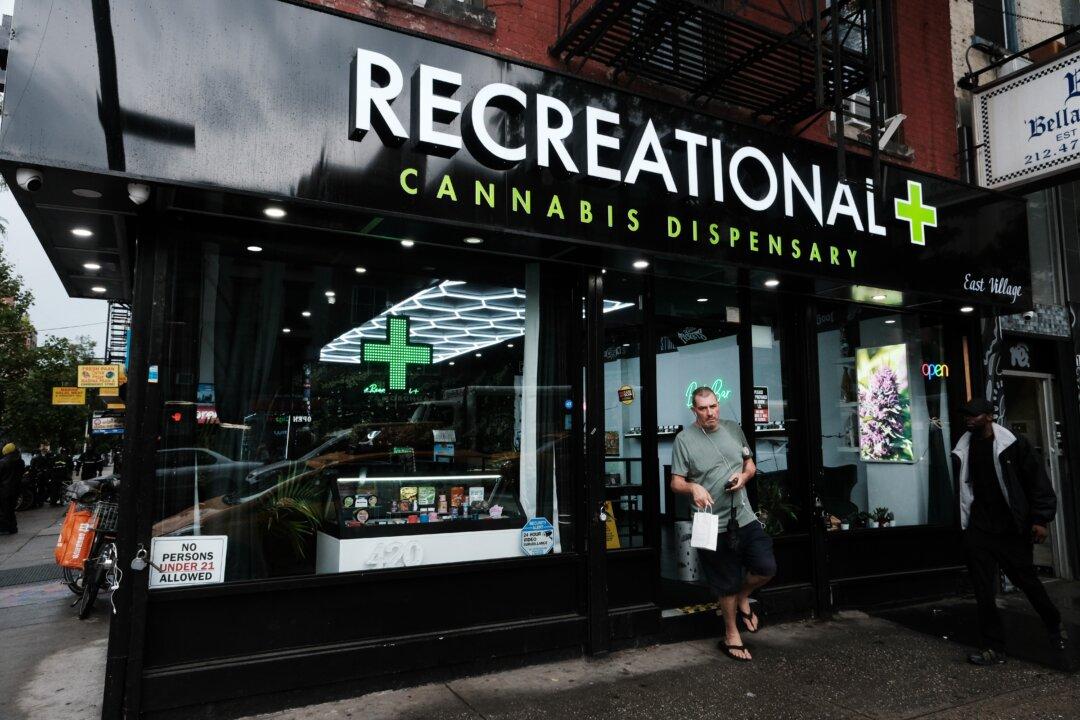In 2021, 13,384 people were killed by drunk drivers in the United States—approximately one person every 39 minutes—up 14 percent over 2020, according to the latest National Highway Traffic Safety Association data.
Texas had the highest rate of drunk driving deaths in the country in 2021, with 1,906 deaths, followed by California, with 1,370 deaths, and Florida, with 1,019 (pdf).





